Stereo Images of "The Great War" 1914-1918

Lest We Forget

|
|
|
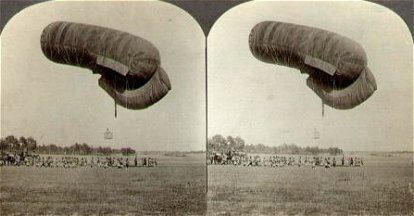
Hauling Down Dirigible Balloons for Officer's Report |
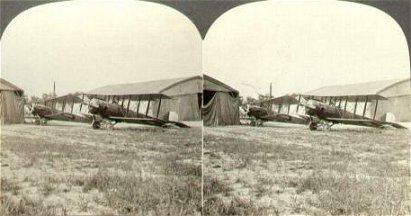
U.S. Observation Plane on West Front - France |
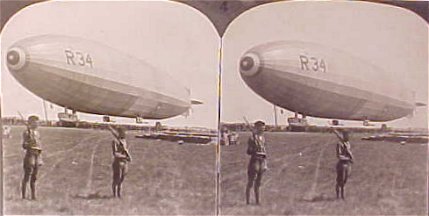
Guarding the Dirigible |
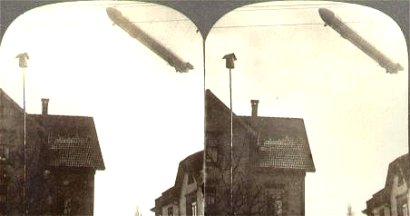
Zeppelin Flying Over German Town |
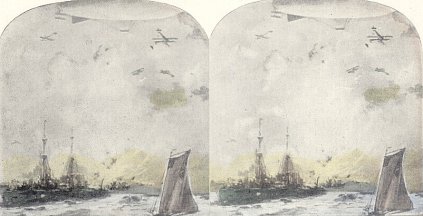
Battle In The Air |
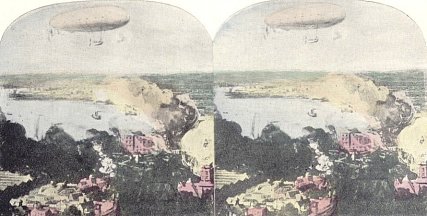
Zepplins in Battle |
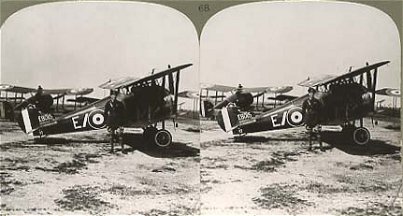
The Eyes of the Army: Sopwith Camels Ready for a Reconnoitering Patrol Over the German Lines |
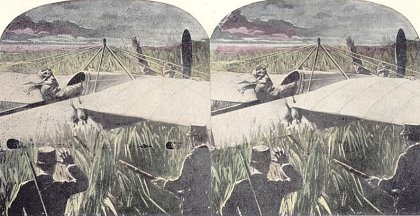
Starting an Aeroplane . |
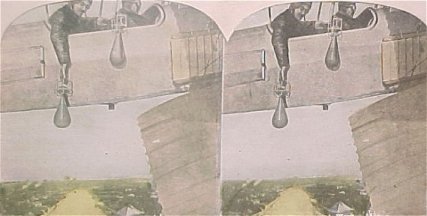
Dropping Bombs from Aircraft . |
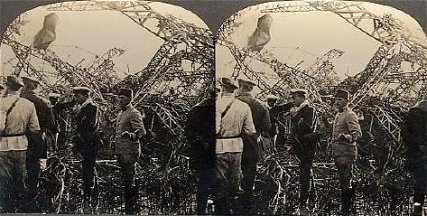
Zeppelin Wrecked and Burned - Ruins Being Inspected by French Troops |
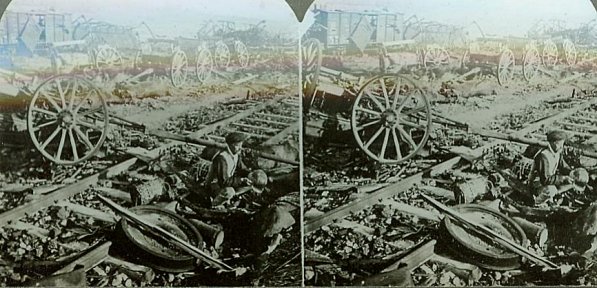
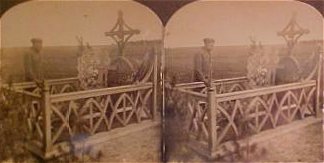
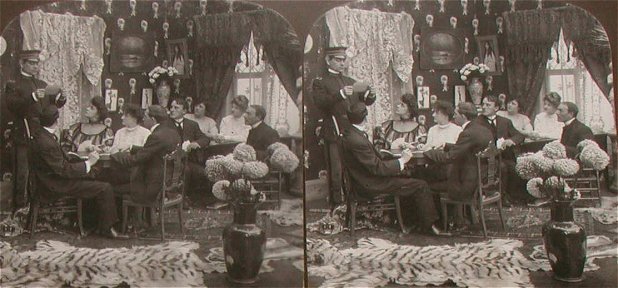
Soldier Summoned to the Front
.
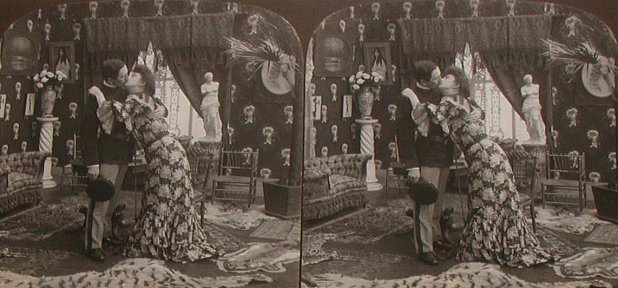
Farewell Kiss for Man Off to War
.
|
|
|
|
Visit the other Hillman Stereoview Galleries
Back to the

As You Were
. . . Navigation Chart


![]()
![]()
![]()
Webmaster:
William G. Hillman
BILL
& SUE-ON HILLMAN ECLECTIC STUDIO
Photos
by Bill Hillman ~ Copyright 1999-2005/2013